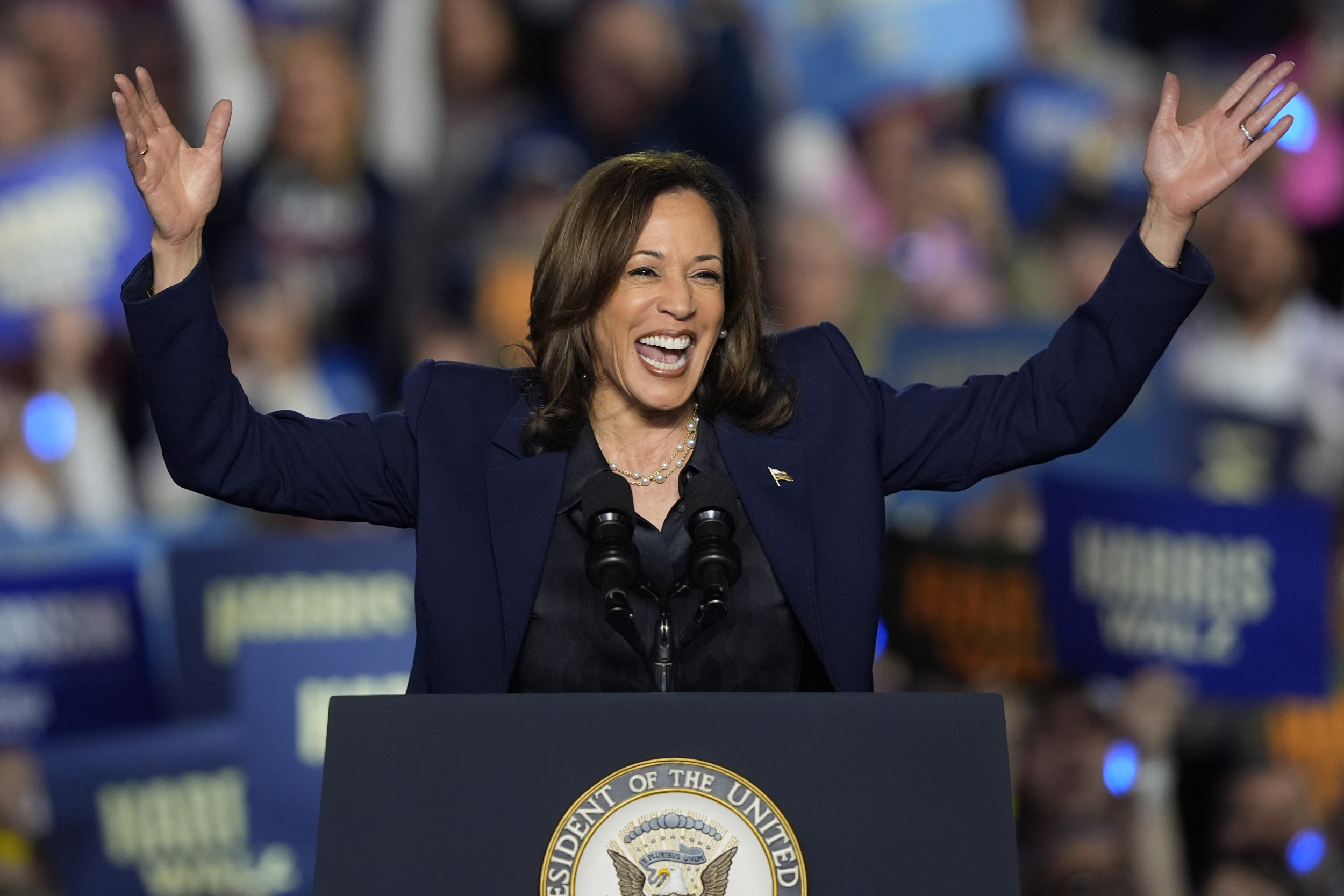As the 2024 presidential race heats up, the possibility of the U.S. electing its first female president seems more attainable than ever.
While Kamala Harris may not be the first woman to run a country, the history of female political leaders is still relatively sparse. A recent report from the Pew Research Center indicates that merely one-third of United Nations member countries have had a female leader at some point, with 13 women currently serving in leadership roles across the 193 nations.
These women include leaders from countries such as Mexico, Denmark, and Thailand. Interestingly, nine out of the 13 current female leaders are the first women to hold such positions in their respective countries.
Historical Context of Women in Leadership
The first female leader to be elected in the world was Sri Lanka’s Sirimavo Bandaranaike, who became prime minister in 1960. Over the last few decades, there were signs of progress with more women stepping into leadership roles, yet only 31% of U.N. member states have ever had a woman at the helm.
According to expert Piscopo, women’s representation extends beyond just who leads nations; it encompasses who guides U.N. delegations and holds top diplomatic positions, noting that no woman has yet served as U.N. secretary general.
Political scientists observe that when considering gender dynamics in politics, the structures of power within institutions play a significant role in determining influence and voice, regardless of gender ratios.
American Attitudes Towards a Female President
Kamala Harris isn’t the first female presidential candidate in the U.S., but recent polls suggest she could be the candidate that Americans are ready to support. A recent survey of 2,000 young voters showed that over 80% believe a woman could be an effective president.
Additionally, a poll found that 68% of respondents from key battleground states felt the U.S. was ready to elect a woman president, with only 10% disagreeing.
Barriers to a Female Presidency in the U.S.
Sarah Shair-Rosenfield, a comparative politics professor, points out that structural factors in political systems often affect women’s paths to power, making it easier to be elected as a prime minister compared to a president. The U.S. system requires presidents to be directly elected, unlike parliamentary systems where women can ascend to leadership more fluidly.
Throughout the 1990s and 2010s, several countries saw significant increases in women leaders, alongside a slow but steady rise in U.S. women entering leadership roles. On the gendered perceptions of candidates, Shair-Rosenfield indicates that perceptions of Harris are varied, with critiques swinging between being too robotic or overly sympathetic.
Like Hillary Clinton in 2016, Harris faces targeted scrutiny regarding her foreign policy positions and overall toughness—discourses that generally do not apply to male candidates.
Globally, there’s been a positive trend in electing women leaders since the early 1980s, but Shair-Rosenfield warns that few countries sustain the practice of electing women consistently over time.
